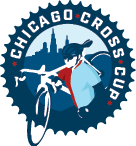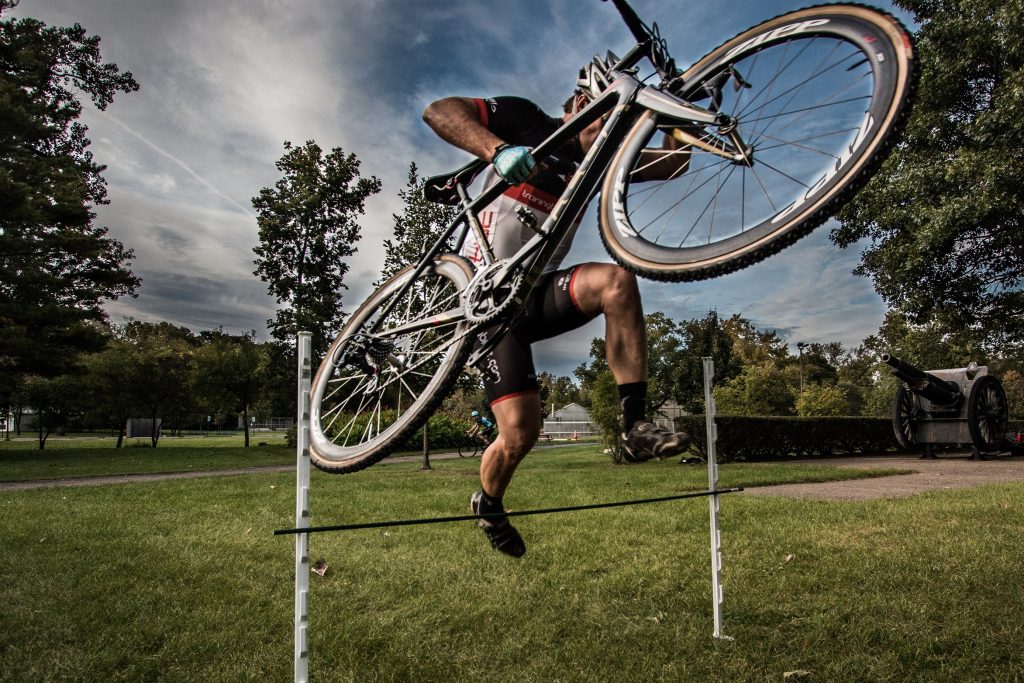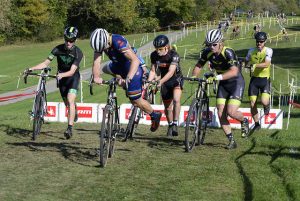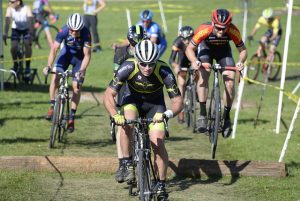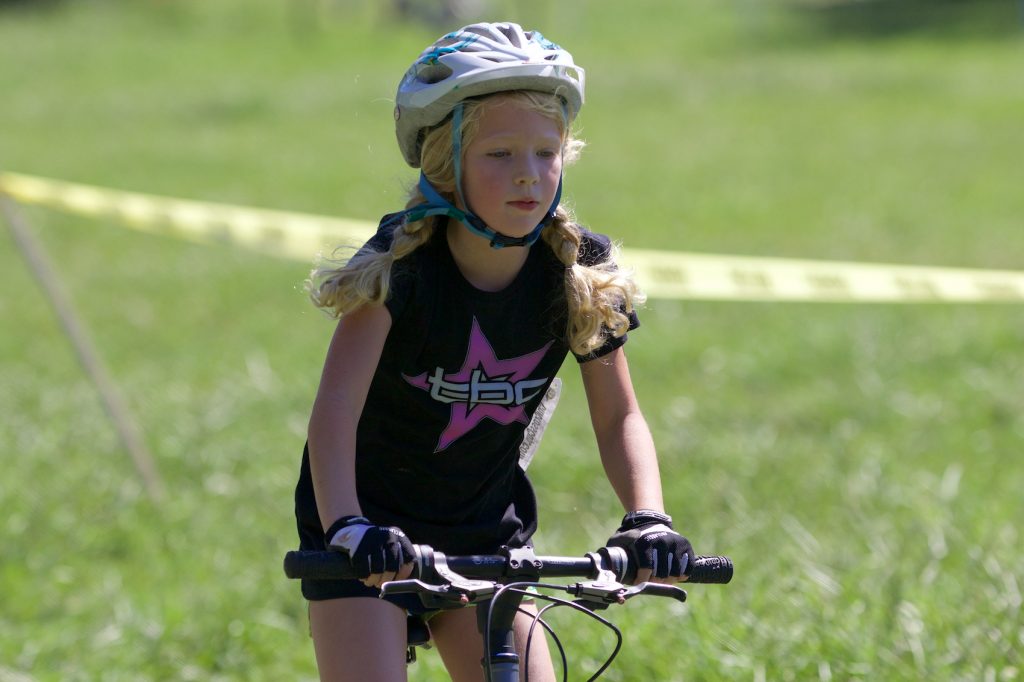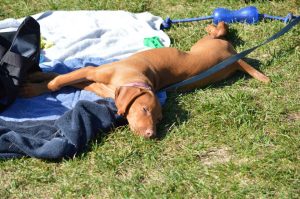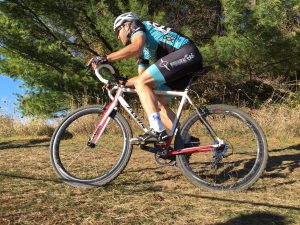The End and the Beginning

Montrose! Thanks Snowy Mountain Photography
Except for a couple of really frustrating laps the season has flown by once again! There are 2 important things to focus on over the next month; getting to Montrose ready to rip and then planning for next year.
Assuming you’ve had a proper rhythm of building and recovering to date, this week and next week are the time to knuckle down. Wednesday is a good day for some tough intervals (tabata?). If you’re up for a hard ride on Friday this would be perfect. If not Big Marsh then a bandit race with some friends this coming Saturday or Sunday works as well. Do your normal routine next week and hopefully it all comes together in the city.
Unless you’re gunning for nationals you need to take a little break post Montrose. This transition phase , which consists largely of nothing, is an important part of your 2018 season. Enjoy the time off and if you ride make it purely for the fun of it, no structure allowed!
If you are thinking of stepping it up next year you can find us via our website. The coaches at TrainingBible Cycling have experience in all disciplines and specialize in taking the time and tools at your disposal and helping you get the most out of the effort you put in.
See you at Montrose.
Rob Kelley
Categories: Coach's Corner
Comments are off for this post.
